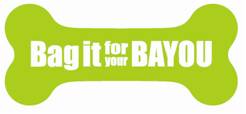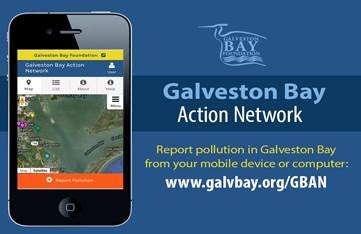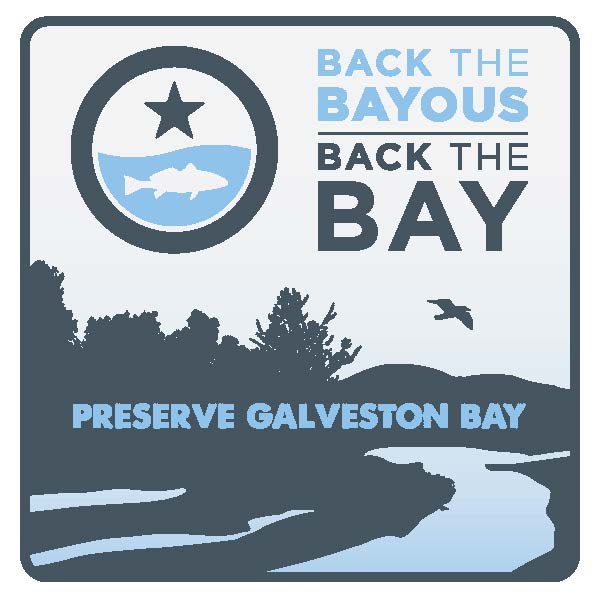Dickinson, with its population of approximately 18,500, is the major city within the Dickinson Bayou watershed. The city was named for John Dickinson, a Texas Revolutionary hero and one of the “old 300” settlers of Austin’s original colony. Early settlers included Alexander Farmer, Herman Benson, and General E. B. Nichols. The Nichols summer home built in 1857 still stands. Dickinson’s early economy was based on cattle production and agriculture. Italian immigrants and African-American families contributed to the success of the fruit and vegetable truck farming from the 1890s into the 1930s. Once known as the “Strawberry Capital of the World”, Dickinson continued to celebrate the strawberry season with a festival each year well into the late 1990s.
Within this watershed the major development is concentrated in and around the cities of Dickinson and League City and along Interstate 45 corridor. The natural Dickinson Bayou watershed includes the entire city of Dickinson, Algoa, and portions of the cities of Alvin, Friendswood, League City, Santa Fe, and Texas City. The remainder of the area is rural and undeveloped. Commercial development is light to medium industrial and office warehouses along with retail merchandizing. Reliant Centerpoint’s H. P. Robinson generating plant is located along State Highway 146, along with several commercial fishing operations, and similar uses. In the western portion of the watershed it is still predominantly agricultural uses. The watershed has much potential for growth, which is recently accelerated due to the rapid development of neighboring League City.
Dickinson Bayou Watershed Brochure produced by Galveston County Parks Department, Houston-Galveston Area Council, & Galveston Bay Estuary Program



